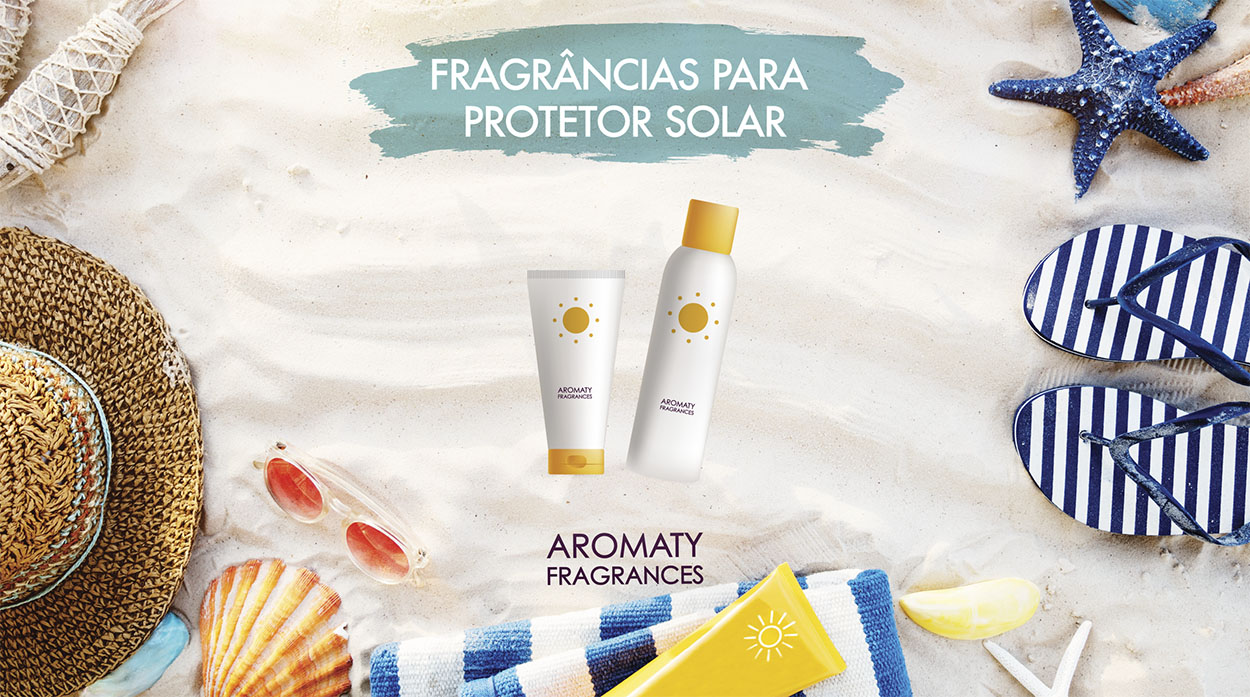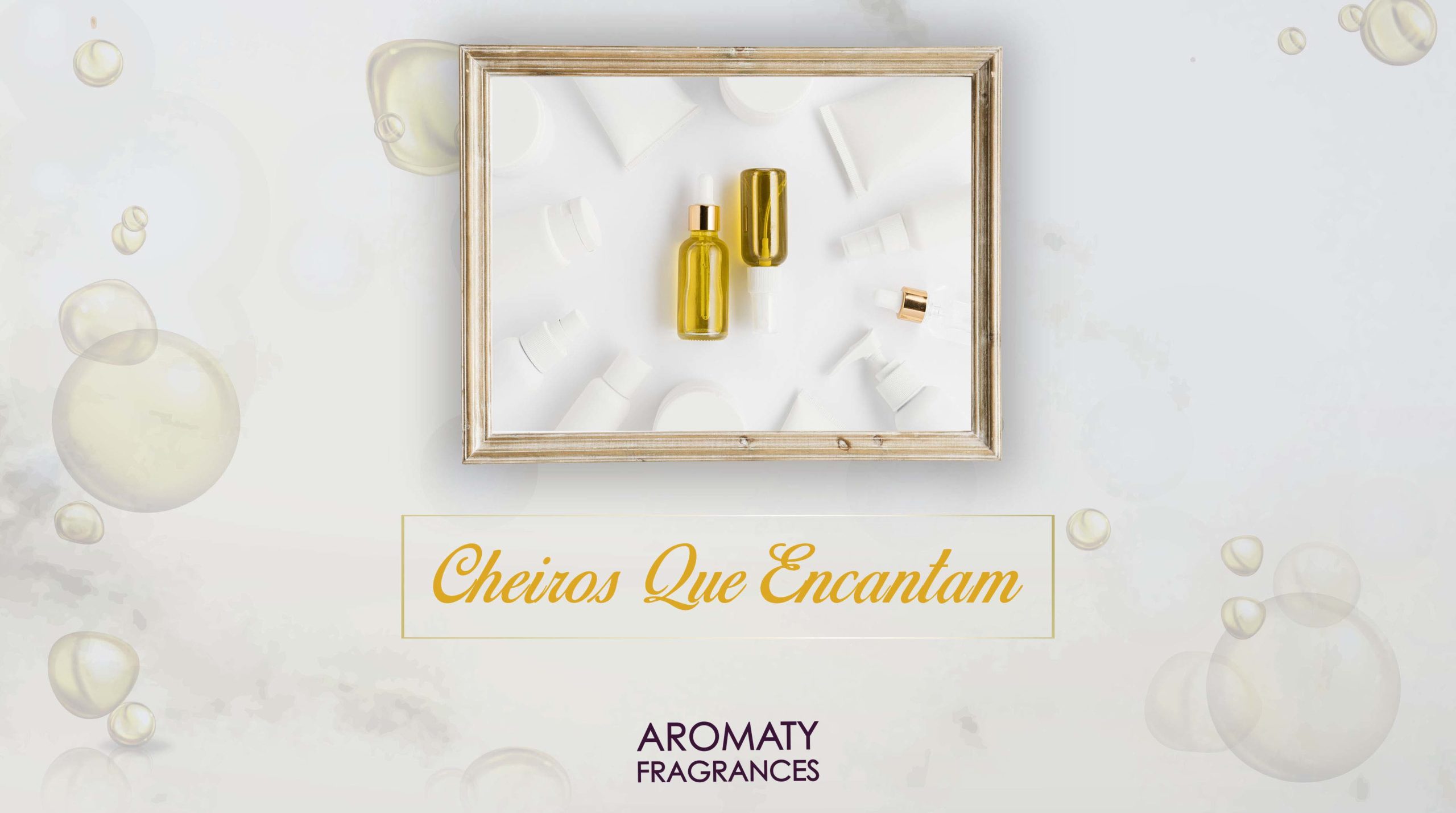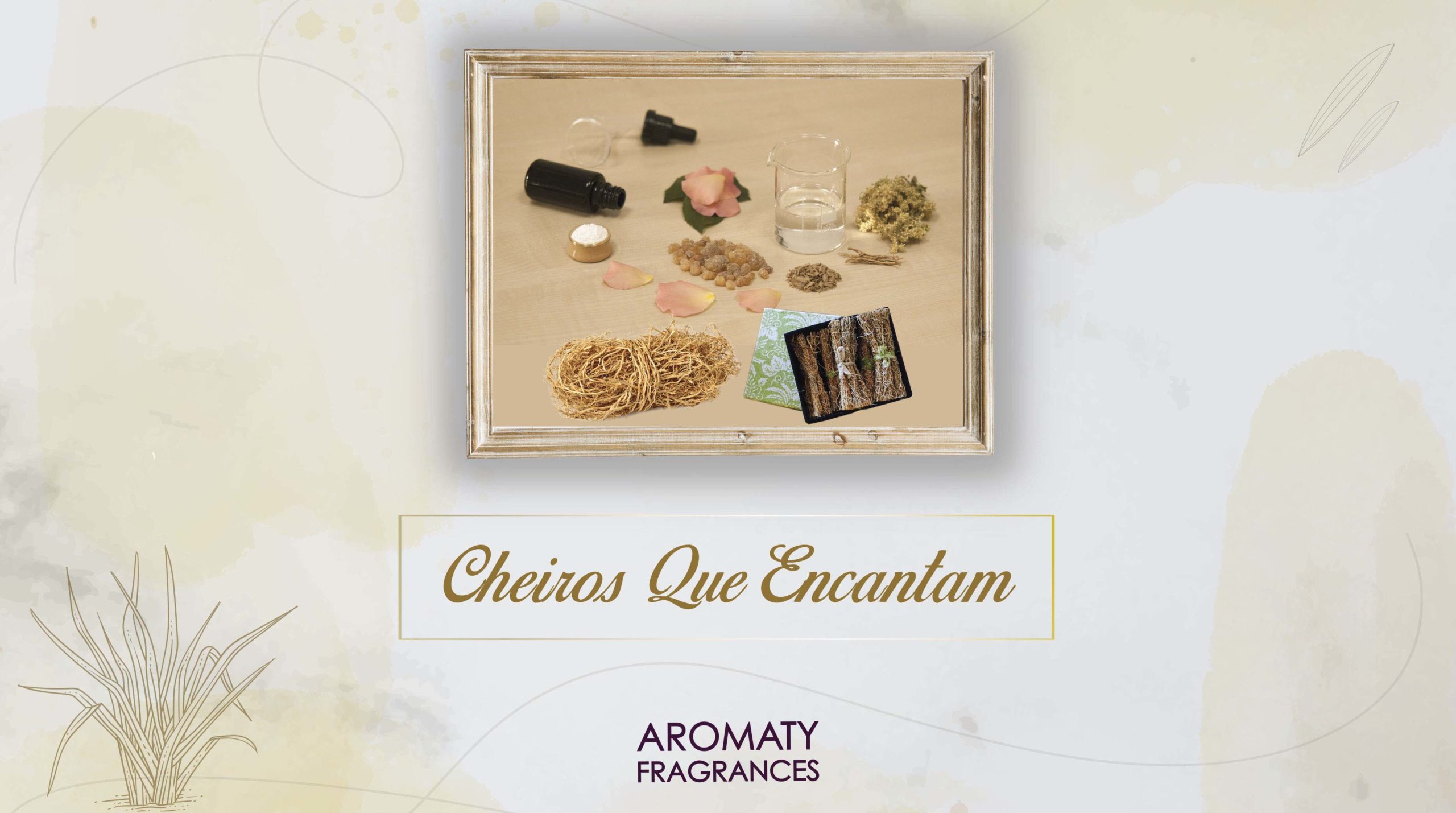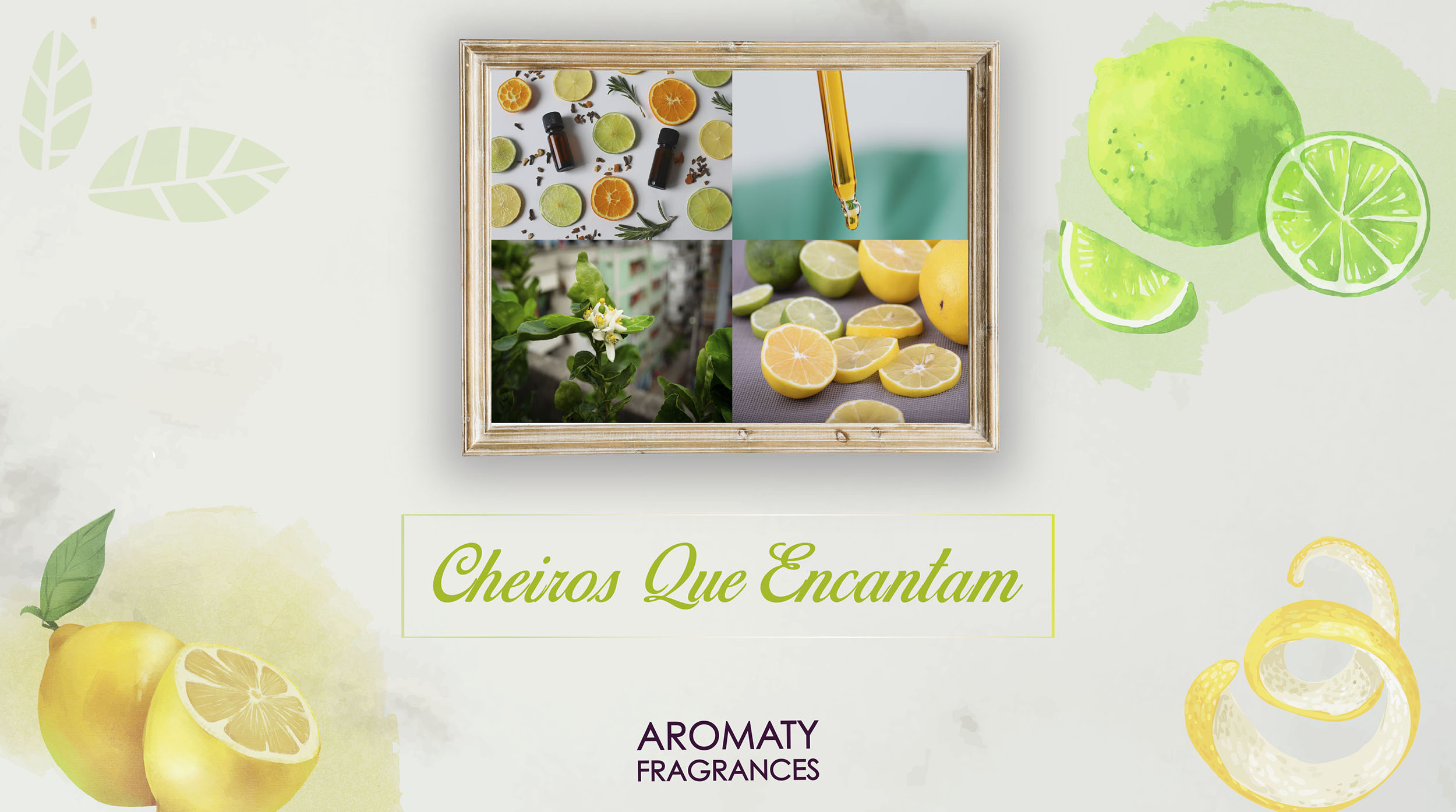Recently, the theme “Human Skin Microbiome” has aroused a lot of interest in the cosmetic community. This is a multidisciplinary subject of relative complexity, whose minimal understanding could potentially help us develop cosmetics (especially dermocosmetics) in a way quite different from what we have been doing. In this and the next articles, we will bring some definitions, terms and concepts related to the “Human Skin Microbiome”.
On average, the skin represents 16% of body weight and an area of 1.6 m2 in adult women and 1.8 m2 in adult men. Human skin protects the body from pathogen invasion and climate change. As the largest organ in the human body, the skin harbors diverse microbial communities in different locations and unique niches. The number of bacterial cells in human skin is estimated to be approximately 1012, so many people joke that the human species should be called Homo microbiens. Microorganisms can form complex interactions within communities and with the host, influencing their skin health. Occurrences of skin diseases are often accompanied by changes in the composition, structure and function of the skin microbiota. Cosmetic and personal care products can influence both positively and negatively on skin microbial communities.

The skin microbiota defines all microorganisms that live on the surface of the skin. It is determined from birth, ensures the health of the skin, its homeostasis as well as its beauty. Skin microbiota communities contribute to immune defense through a variety of mechanisms. UV radiation, pollution and stress affect the balance of the microbiota, leading to dysbiosis (microorganism imbalance) and skin diseases. The microbiota is an ecological community of commensal, symbiotic and pathogenic microorganisms found in all multicellular organisms studied to date, from plants to animals. The skin microbiota is formed by all microorganisms hosted by the skin. It is the combined genetic material of microorganisms in a particular environment. All microbiota inside and about one person weighs from 0.5 to 2 kg (wet weight). Each microbe has its own genetic material and most microbes are harmless or even beneficial to the host.
Man (Homo sapiens) has approximately 30,000 genes and the microbial symbiote of man has approximately 15,000,000 genes. The human microbiome refers to the genomes of the human microbiota and includes mainly bacteria, eukaryotes and viruses. In the skin, it is an ecosystem with 1000 billion bacteria (up to 10 million bacteria / cm² of skin), at least 19 different phyla, 3 main genera and over 500 different species.

The surface of a newborn’s skin is colonized by microorganisms immediately after birth. Most colonized microorganisms are commensal and acquire nutrients from skin secretions, defining an intimate link between microbial growth and physiological state of the skin. Human skin forms a dynamic ecosystem, with microorganisms residing in a unique microenvironment at each location. Microenvironments in the skin vary greatly between individuals and within individuals because structural bases change considerably under different conditions. For example, genetic diversity results in individuals with differences in skin structure, different skin sites within each individual exhibit distinct characteristics in their structures, skin thickness varies significantly on eyelids, palms and soles, the structure of the skin changes during the individual’s development and aging (eg during puberty, more active apocrine glands appear on the skin and make the axillary area wetter), etc. In summary, multiple factors influence the microenvironment at each skin site, which in turn influences the microbial community in its structure and function.
The relationship between the microorganisms and the host is described as a mutualistic symbiosis. However, some microorganisms may colonize a non-typical area of the skin, such as the dermis, usually in immunocompromised individuals, and it is “speculated” that a skin with altered microbiome is associated and likely to become diseased skin.
In the next article, we will go into more detail on this interesting subject until we relate it to the development of specific cosmetics.







